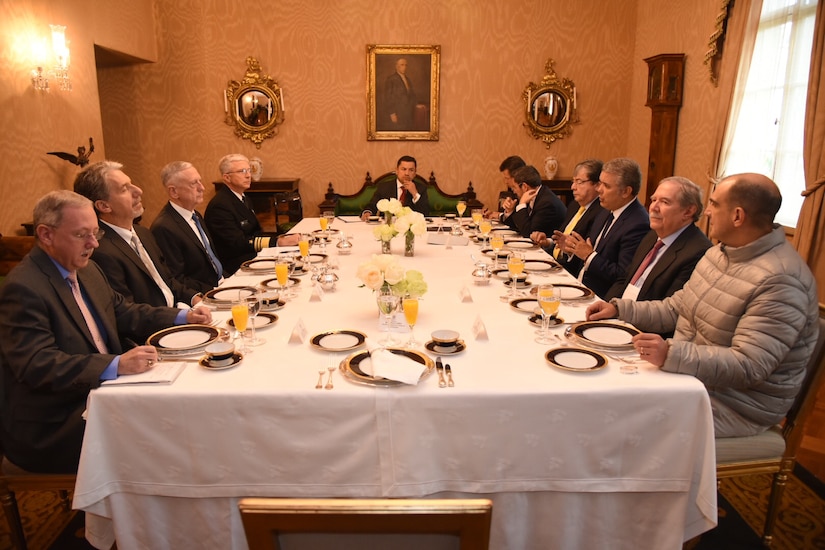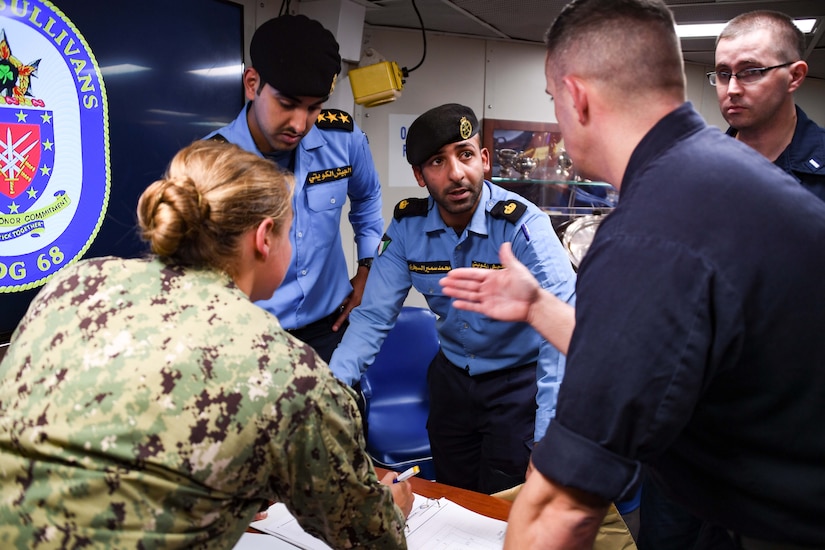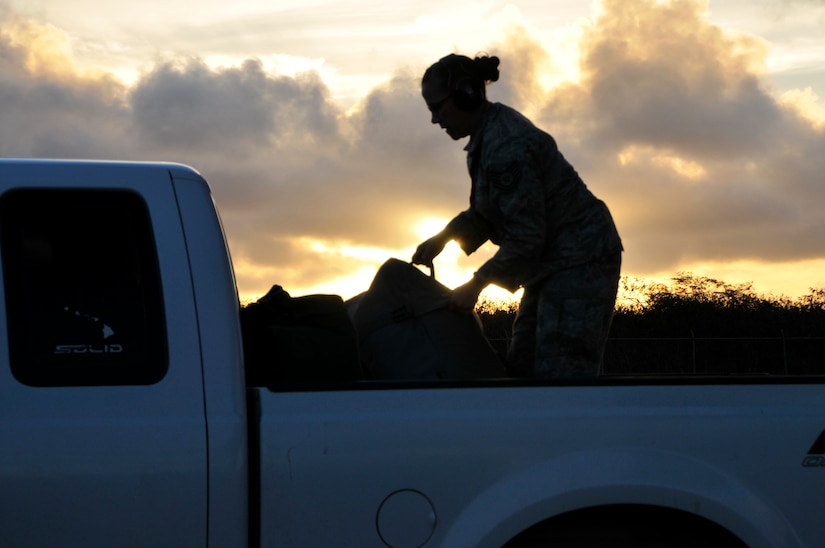By Jim Garamone, DoD News, Defense Media Activity
WASHINGTON -- Defense Secretary James N. Mattis said he came
away from Colombia impressed by the progress he witnessed there, but that he’s
concerned about the unrest in neighboring Venezuela.
Mattis spoke to reporters traveling with him on the homeward
leg of his trip to South America last week.
“I don't always leave a theater saying, ‘Boy, what a
fortunate theater that is,’” he said. “And yet, there are a lot of reasons to
look at this as a fortunate hemisphere here. But, that just means we work more
on it. We don't get complacent. We go to work.”
Colombia was close to being a failed state in the 1980s and
1990s. An insurgency threatened the government, and transnational criminal
organizations used their financial and paramilitary might freely. Mattis noted
that at one point, Bogota, the capital of the country, was almost surrounded by
enemies.
Reliable U.S. Partner
Today, Colombia is one of America’s “most capable, and
certainly, most reliable partners both in Latin America and even in the world
in many ways,” Mattis said.
Colombia’s police and military -- once known for lawlessness
-- now set the regional standard for operational effectiveness and for
respecting human rights.
“We stand with them as they continue to strengthen their
democracy,” the secretary said. “We saw that in the election, the series of
elections, the runoff and all that just occurred.”
Today, Colombia is exporting stability, helping neighboring
states develop their police and military capabilities.
Colombia is also hosting the Unitas exercise next month.
Unitas is Latin for unity. This is the longest-running annual multinational
maritime exercise, and it will encompass ships and personnel from all over the
hemisphere.
Colombia is just one example of the spread of democratic
ideas in the region. In fact, Mattis said, “this has also become more the norm,
except for three countries of course: Nicaragua, Cuba and Venezuela.
Crisis in Venezuela
The crisis in Venezuela is being felt around the region.
Hyperinflation in that country is expected to hit 1 million percent this year.
Officials in Colombia estimate that a million Venezuelans are in Colombia now,
and tens of thousands of people are fleeing the country to other neighbors.
Neighboring nations are helping with these refugees and looking to ensure peace
along a desperate border.
“We are working with them as well. “A subject [that] came up
in both of my meetings this morning … was on what we're working on in terms of
the Venezuelan refugees and their destabilizing impact they have,” Mattis said.
“Probably a million or more that are in Colombia now, and you know about the
thousands, tens of thousands, elsewhere, and … it's an enormous challenge.”
The U.S. State Department is providing $56 million in aid to
refugees. DoD is sending the hospital ship USNS Comfort to the region to help.
“It is absolutely a humanitarian mission,” the secretary
said. “We're not sending soldiers; we're sending doctors. And it's an effort to
deal with the human cost of [Venezuelan President Nicolas] Maduro, and his
increasingly isolated regime.”









